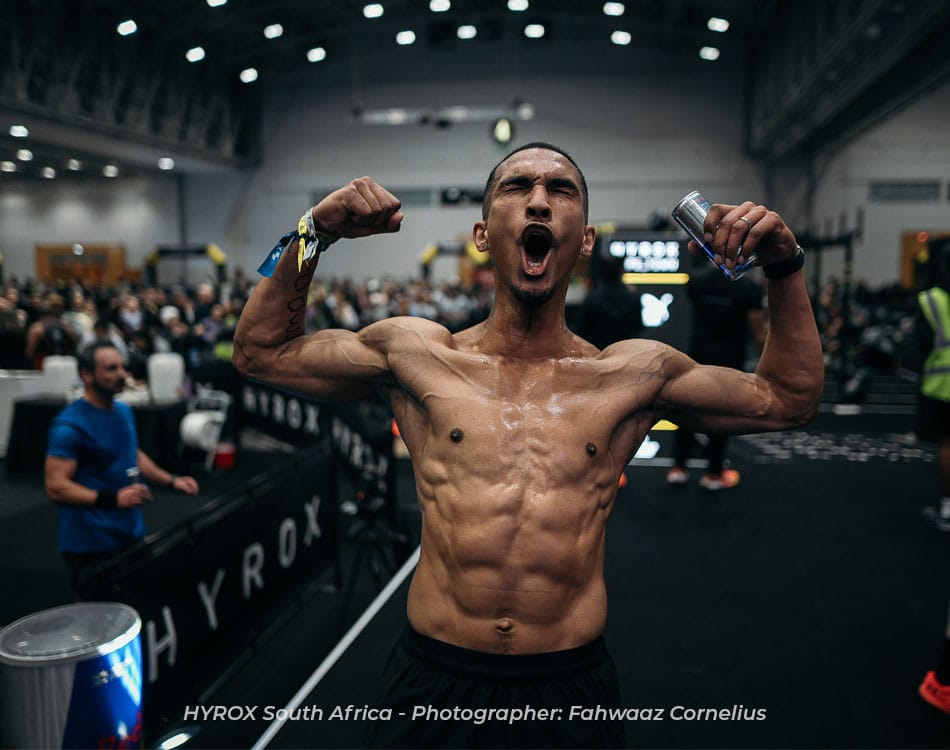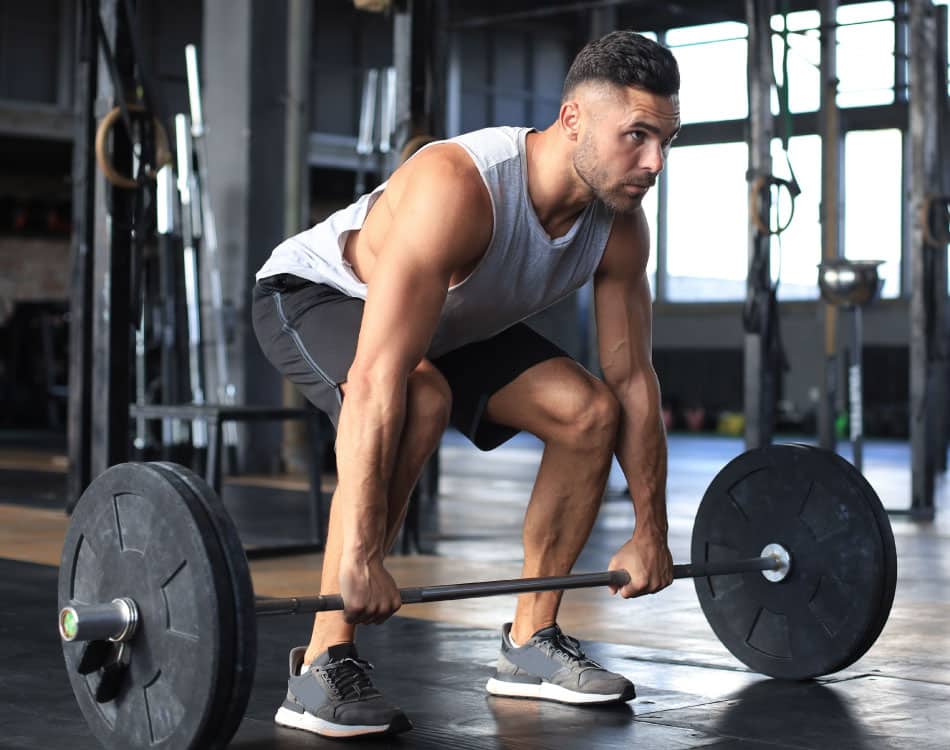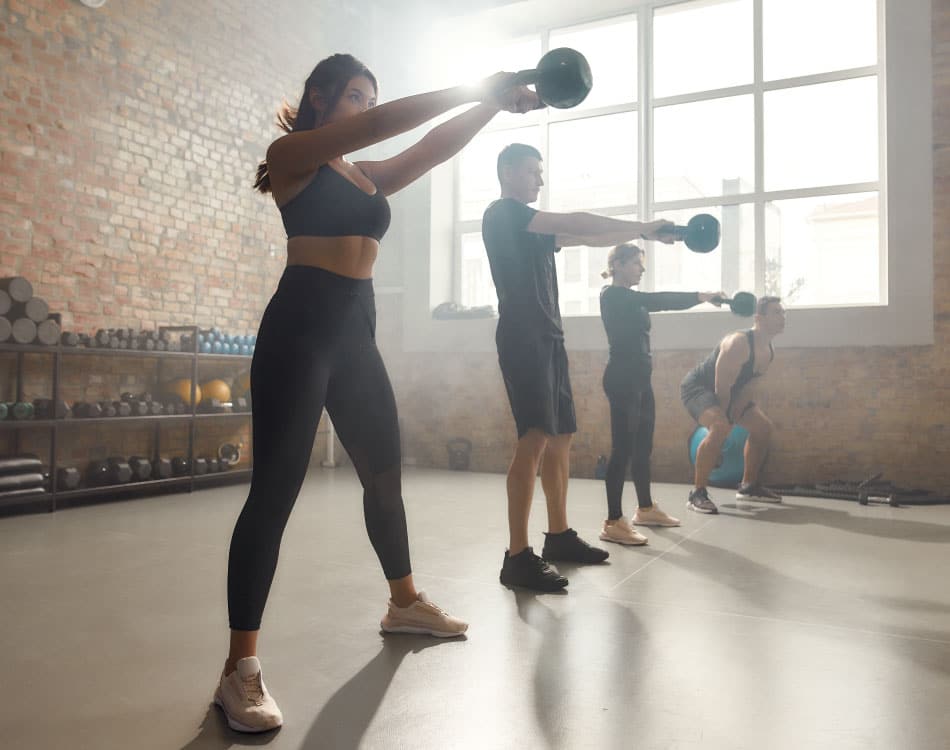Constantly varied, high-intensity workouts that include functional movements can deliver the fat loss benefits you’re after. Just ask this coach…
Rather, the focus is on compound exercises or full-body movements, which are performed in short bursts, at maximal effort.
Targets the entire body
“When you work your entire body at a very high intensity to finish the workout as quickly as possible, you burn significant calories,” explains Wilna Appel, Head Coach and Owner of CrossFit PBM.
https://www.instagram.com/p/B8pt4ViljdU/
“Afterwards there won’t be a single part of your body that is not sore or hasn’t worked to accomplish your goal.”
Aerobics in isolation less effective
Most people choose aerobic training as a fat-loss method. While this form of training works for improving your cardiovascular system and can decrease body fat when working out for longer durations, you can also lose muscle mass, strength, speed and power if it’s the only form of exercise you engage in.
“Aerobic training also has a tendency to decrease your anaerobic capacity. All of this works against your overall weight and fat loss efforts as it decreases your basal metabolic rate (BMR),” elaborates Wilna.
This means your body requires fewer calories each day to merely sustain itself, so if your diet stays the same then you’ll actually start to add more weight over time.
https://www.instagram.com/p/B6mlrNNlIpF/
Chasing the anaerobic zone
Any activity that’s less than two minutes in duration and involves moderate-to-high power output or intensity would be classified as anaerobic.
“And it’s the anaerobic training benefits that we’re after. The way we structure anaerobic training also benefits the cardiovascular system, and helps to decrease body fat,” adds Wilna.
Anaerobic training increases the body’s exercise capacity through improved power, speed, strength and muscle mass.
“This means that you can work harder, with heavier loads, for longer, which blasts more calories, and fat. And anaerobic training could also benefit your running, swimming or biking,” adds Wilna.
https://www.instagram.com/p/B4hYOGAlJGW/
Ignite the after-burn effect
And there’s also another important reason why really high-intensity work under load over short durations blasts fat – the ‘after burn’ effect.
“The intensity combined with the types of exercises we do, and the number of muscles we target during each WOD boosts your metabolism above resting levels for an extended period of time after every class. This happens as your body tries to bring itself back into a state of homeostasis. The intensity of the WODs also induce a much greater metabolic ‘disturbance’ than just about any other form of high-intensity training,” explains Wilna.
A good example of the anaerobic-focused training is Tabata training, which requires 20 seconds of all-out work, followed by 10 seconds of rest, repeated continuously for 4 minutes (8 cycles) using different exercises.
“However, we tend to use more than only 4 minutes of work, and steadily increase this to 12 minutes. Our athletes, therefore, experience a great increase in their anaerobic capacity – and burn a lot of fat in the process.”
Another example is an EMOM – every minute on the minute – workout. “Using power cleans, power snatches, pull-ups or ring dips, or any array of training stimuli we choose. Every minute, on the minute, we have to perform 2–3 movements and can rest for the remainder of the minute. This is repeated for 10 minutes.”
The benefit here is that by utilising heavy weights and solid technique, this form of strength training simultaneously builds muscle, strength, speed and power, and also improves cardiovascular capacity. It also burns a number of calories in just 10 minutes of training.
Additional benefits from anaerobic training
An added benefit of anaerobic training is that it significantly lowers insulin resistance, and causes adaptations that enhance the ability of skeletal muscle to oxidise fat and improve glucose tolerance.
“For these reasons, it is best to keep your workouts short, but intense. Make sure your technique is flawless and perform every movement with maximal effort,” says Wilna.
Obviously all of this needs to be accompanied by a healthy, clean and nutrient-dense diet if your goal is optimal fat loss and improved health.
“We prescribe a simple approach of eating lean meats, lots of vegetables, nuts and seeds, some fruit, little starch and no sugar. With this combination fat loss success is sure to follow,” she concludes.















